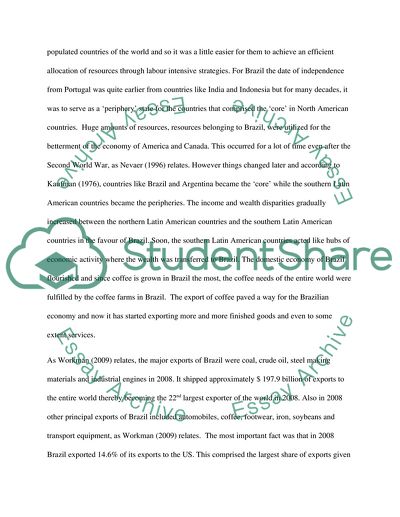Cite this document
(Emerging Markets BA Marketing Management with Business Studies Research Paper, n.d.)
Emerging Markets BA Marketing Management with Business Studies Research Paper. Retrieved from https://studentshare.org/marketing/1741386-emerging-markets-bahons-marketing-management-with-business-studies
Emerging Markets BA Marketing Management with Business Studies Research Paper. Retrieved from https://studentshare.org/marketing/1741386-emerging-markets-bahons-marketing-management-with-business-studies
(Emerging Markets BA Marketing Management With Business Studies Research Paper)
Emerging Markets BA Marketing Management With Business Studies Research Paper. https://studentshare.org/marketing/1741386-emerging-markets-bahons-marketing-management-with-business-studies.
Emerging Markets BA Marketing Management With Business Studies Research Paper. https://studentshare.org/marketing/1741386-emerging-markets-bahons-marketing-management-with-business-studies.
“Emerging Markets BA Marketing Management With Business Studies Research Paper”, n.d. https://studentshare.org/marketing/1741386-emerging-markets-bahons-marketing-management-with-business-studies.


